- Home
- slideshows
- miscellaneous
- Morgan Stanley says these 10 geopolitical risks are looming over markets in 2020 - and keeping their strategists up at night
Morgan Stanley says these 10 geopolitical risks are looming over markets in 2020 - and keeping their strategists up at night
10. Gene editing goes wrong

9. Squeezing the Iran balloon

"In 2019, investors were hard-pressed to find a better example of the balloon effect than US-Iran relations," Helfstein wrote December 17.
Going forward, "there is little chance that the US returns to the nuclear bargaining table in 2020," according to the note. But, "Europe could be the game changer," Helfstein wrote.
"Should the EU walk away from the nuclear agreement and bar companies from doing business, Iran would lose its last lifeline to Western markets. This type of isolation could push Iran beyond the nonlethal military operations of last summer."
8. Cyber and the risk of AI-vs-AI warfare

"With tensions potentially escalating between the US and China, Iran, Russia, and North Korea, a major cyberattack is a key risk," Helfstein wrote.
He continued: "While an attack on any single company would threaten customer confidence, the larger risk still lies in the threat of an attack on critical infrastructure like electrical grids, power plants, telecommunications and industrial control systems, which would have knock-on effects for all companies."
In addition, cybersecurity is one of the first domains where AI is being used by both attackers and defenders to gain an edge, according to the December 17 note. "An AI-versus-AI arms race increases the potency of cyber and the risk of catastrophic adaptation, leading to a potential digital pandemic," Helfstein wrote.
7. Market positioning for Japanification
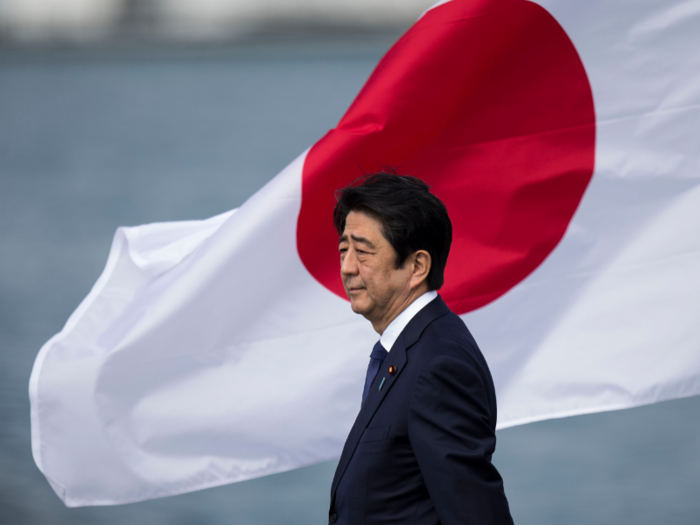
"Japanification of US and global economies means lower growth for an extended period of time," Helfstein wrote December 17. "Central banks can make a concerted policy decision to improve growth today with low rates, which essentially borrows against or brings forward future growth."
He continued: "Low rates for a long period of time have a number of dangerous consequences. First, by bringing borrowing rates down artificially, individuals and entities may make poor or questionable investment decisions. Second, low rates mean that savers have less income."
6. Populism, inequality, and shareholder primacy

There's been unrest in Brazil, Chile, France, Hong Kong, Lebanon, Spain, and other countries for sustained periods of 2019, Helfstein wrote.
Inequality has driven much of the unrest, according to the note. "While GDP expanded across emerging markets for decades, gains were concentrated among a few, fostering wide disparities," Helfstein wrote.
In addition, "across social and political movements, there is mounting criticism against capitalism and shareholder primacy" that eventually led to the August Business Roundtable meeting where 181 CEOs committed to lead companies for the benefit of customers, employees, suppliers, and communities in addition to shareholders.
"While this statement is likely to have little immediate impact, this may be a watershed moment in a much larger trend" that investors should brace for in 2020, Helfstein wrote.
5. European stimulus is day late and euro short
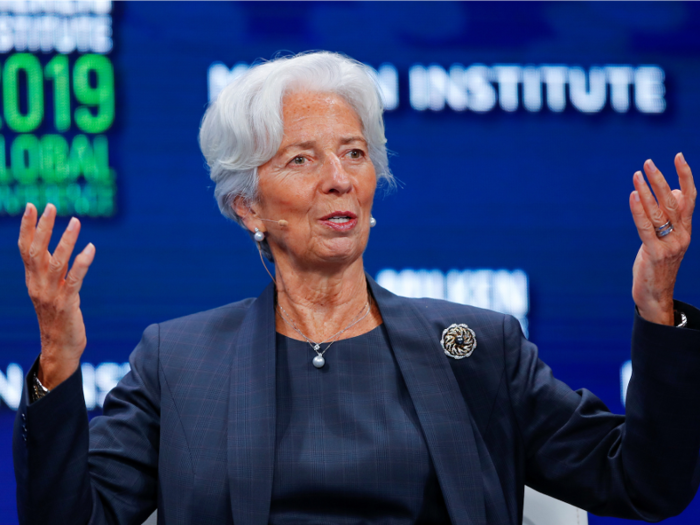
"Europe has likely pushed the limits on negative interest rates, and much of the economic benefit from ultralow and negative rates has likely flowed through the economy already," Helfstein wrote December 17.
He continued: "After years of extraordinary monetary policy, Europe had 0.2% GDP growth last quarter. While global central banks have displayed tremendous policy creativity during the past decade, there may be little left."
4. US election volatility
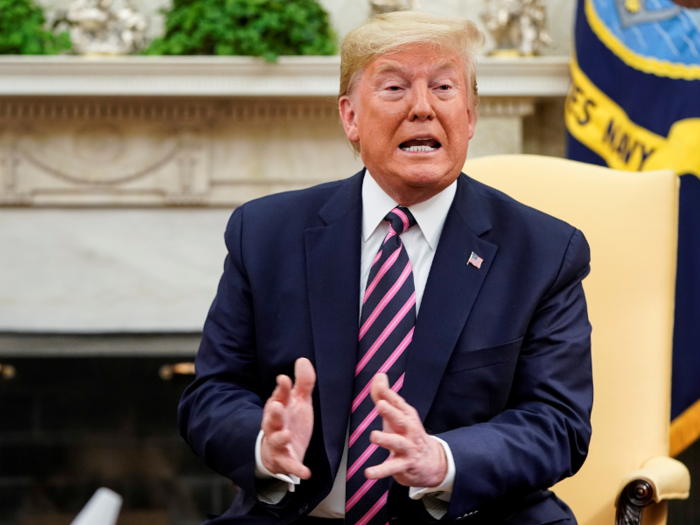
"The actual 2020 campaign, including partisan bickering and deep policy divisions, may be enough to spook investors and drive increased market volatility," Helfstein wrote.
"Equity markets are usually sideways in election years, but also grow more volatile, with gains concentrated in the summer," according to the note, and "this one may well be even more contentious" than previous campaigns.
"The good news is that there are only 323 days to get through and then we believe that choppy conditions give way to smoother sailing. Until then, batten down the hatches," Helfstein said.
3. China's political and economic landings
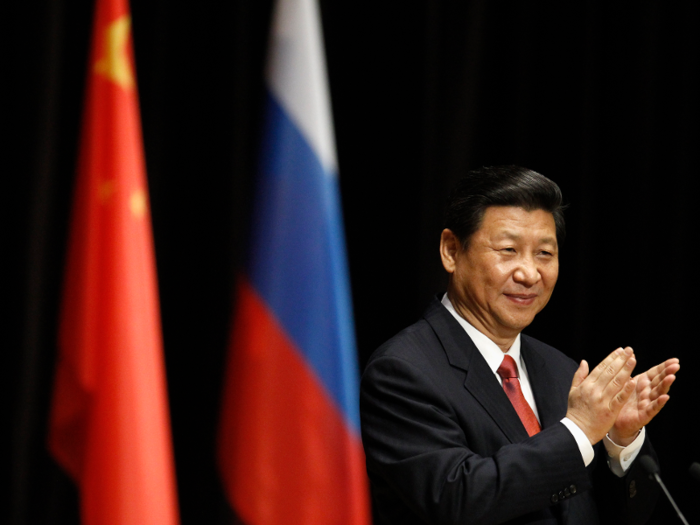
"The risk for 2020 is the spread of unrest," Helfstein wrote. "The Hong Kong protests have unique catalysts stemming from the extradition law, but the relationship between economic growth and unrest is not idiosyncratic."
He continued: "If China economic growth continues to slow, protests could spread to vulnerable mainland provinces from Hong Kong. Many investors are not prepared for the shock that would have on emerging market (EM) assets and global markets."
2. Emergence of competing trade blocs
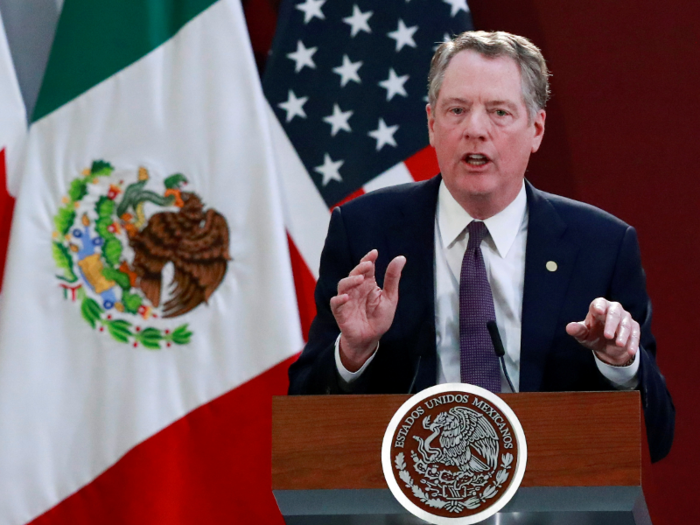
"There is no negotiated agreement that will turn the gears of the global economy and trade relations back to March 2018," Helfstein wrote in the December 17 note.
He cautions that investors should consider an "alternative trajectory" where the world ends up with two competing trade blocs.
"There is already evidence that blocs are emerging and this likely strains global affairs," according to the note. "The US has taken steps to deepen trade ties with India while China has offered Pakistan development aid tied to its Belt and Road Initiative. This could be an example where the blocs compete for economic ties between two long-standing regional rivals."
1. Democratic world's perfect leadership storm

"Democratic values were challenged around the world in 2019 and will remain under pressure in 2020," wrote Helfstein in a December 17 note.
He continued: "We believe the likelihood of leadership transition in four of the five major democracies has increased. Last year, we noted that 1974 was the only year of simultaneous leadership transitions in the US, UK, France and Germany. The S&P 500 fell 30% that year."
The UK, US, and Germany are all at risk of simultaneous leadership transition, Helfstein wrote. While France has a low likelihood of transition — there is no presidential election until 2020— the populist "Yellow Vest" movement remains a meaningful force, according to the note.
"The risk of simultaneous leadership transition within those four critical economies within a 12-month period is elevated, and markets may react poorly," Helfstein wrote.
Popular Right Now
Advertisement